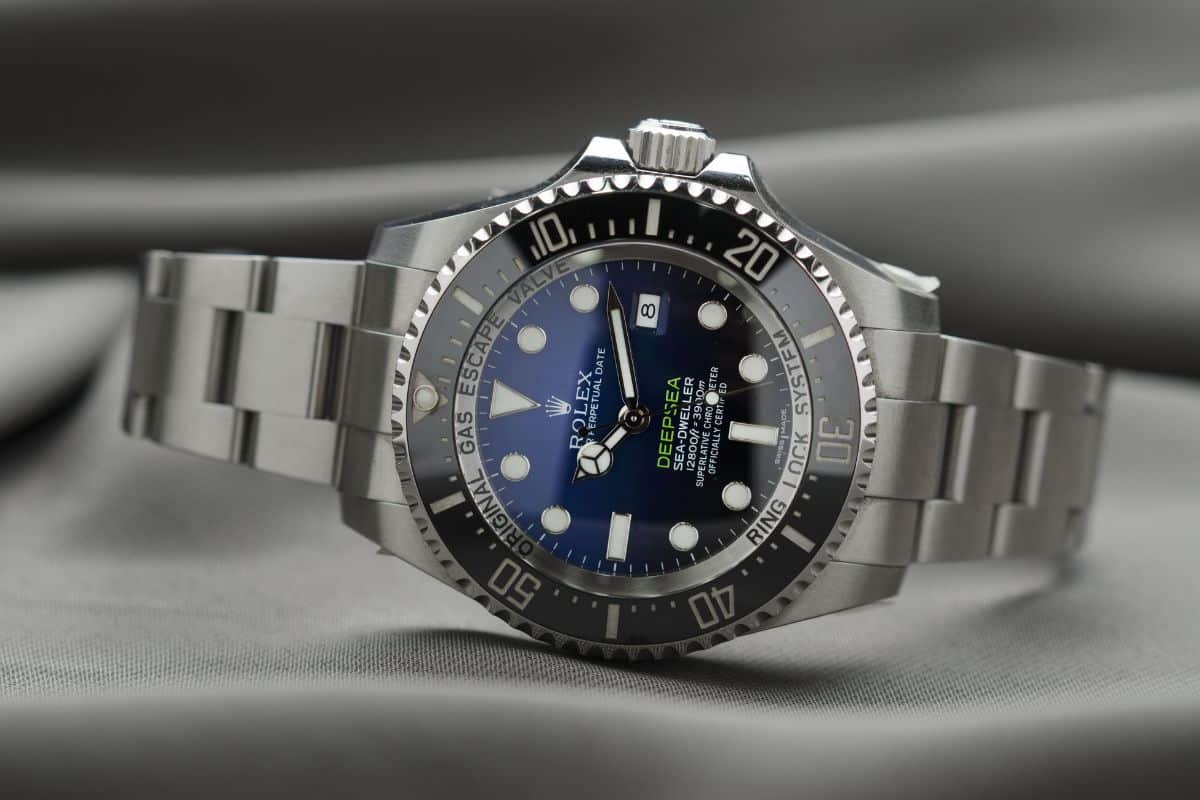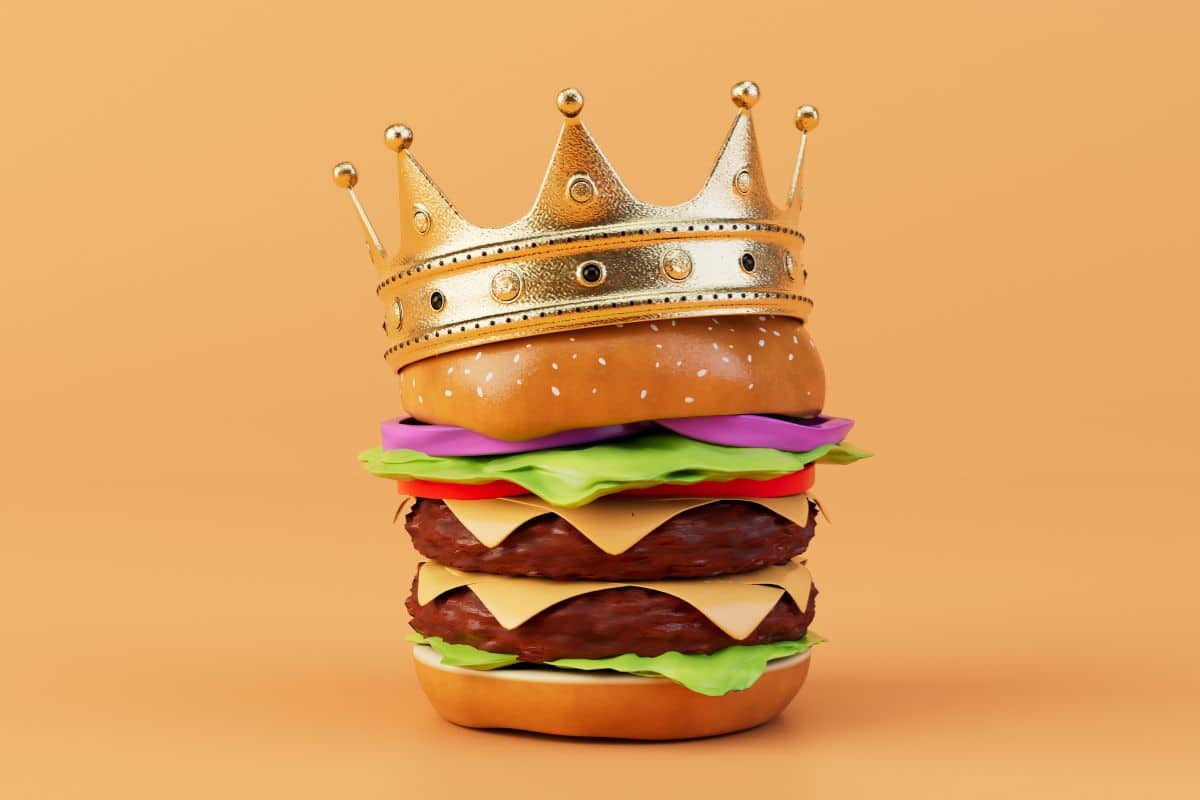Pepsi’s Audacious Move: The “Pepsi Challenge” Campaign of 1975
The art of marketing has seen numerous iconic campaigns throughout history, each impacting brand perception and consumer behavior in unique ways.
Launched in 1975, this bold campaign has its rightful place in the pantheon of the most successful and influential marketing strategies ever implemented. Unconventional and audacious, the “Pepsi Challenge” involved a series of blind taste tests that put Pepsi and Coca-Cola head-to-head. This campaign didn’t merely generate buzz; it triggered a seismic shift in the soft drink industry. Pepsi gained significant market share by directly challenging the market leader and fortifying its position as a formidable adversary in the legendary cola wars.
However, the “Pepsi Challenge” was more than a successful marketing gambit. It served as a trailblazing endeavor that underscored the power of innovative and consumer-centric marketing. It disrupted the status quo, demonstrated the impact of daring competitive strategies, and redefined the advertising landscape. This exploration delves into the makings of this iconic campaign, its execution and impact, and its lasting influence on contemporary marketing strategies.
Laying the Groundwork: The Context of the Pepsi Challenge
To truly appreciate the significance and impact of the “Pepsi Challenge,” one must delve into the market dynamics of the mid-1970s, a period that was characterized by the iconic ‘cola wars.’ The soft drink industry was a battlefield dominated by one primary protagonist – Coca-Cola, with Pepsi trailing as a persistent, yet seemingly outmatched, competitor.
Coca-Cola: The Uncontested Leader
Since its inception, Coca-Cola had held a firm grip on the soft drink market. Its ubiquitous presence, combined with successful marketing efforts, had led consumers to equate cola with Coca-Cola. This association was so strong that competing brands found it challenging to carve out their niche. Pepsi, despite being a well-established brand, was no exception and grappled with the challenge of emerging from Coca-Cola’s vast shadow.
Pepsi: The Persistent Challenger
Amidst this competitive landscape, Pepsi remained a resilient contender, consistently seeking innovative ways to claim a larger market share. While it had enjoyed sporadic successes, it had yet to orchestrate a breakthrough that could permanently disrupt Coca-Cola’s hegemony. The brand needed a marketing strategy that was not just innovative but also audacious, something that could stir the cola industry and challenge Coca-Cola’s stronghold.
This context sets the stage for the advent of the “Pepsi Challenge,” a bold campaign that would not only prove to be a game-changer for Pepsi but also revolutionize the norms of competitive advertising. By opting for a direct comparison against the industry leader in a public platform, Pepsi was gearing up for an audacious move, the effects of which would be felt across the industry.
The Pepsi Challenge: Execution and Impact
The “Pepsi Challenge” was executed with fanfare across the United States and later worldwide. Pepsi’s promotional team would set up stands in public places, offering passersby a blind taste test of two unnamed cola drinks. The purpose: to let the product quality speak for itself.
Shaking the Cola Industry
The results were nothing short of remarkable. A significant proportion of participants in the blind taste test—often more than half—chose Pepsi over Coca-Cola. These results, when shared publicly, caused quite a stir. Not only did the campaign attract widespread media attention, but it also made consumers question their cola preferences.
Gaining Ground in the Cola Wars
The Pepsi Challenge shook up the cola market and substantially impacted Pepsi’s market share. It served to position Pepsi as a brand that trusted consumers’ judgment and emphasized taste as a key differentiator. This boosted Pepsi’s sales and, for the first time in history, helped it surpass Coca-Cola in food store sales in certain markets.
Long-term Implications of the Pepsi Challenge
The “Pepsi Challenge” was more than a campaign; it was a watershed moment in the annals of marketing. Its success rippled through the industry, leaving lasting changes that extended far beyond the realm of cola wars.
This ground-breaking campaign’s influence was not limited to the immediate boost in Pepsi’s market share. It established new norms for competitive advertising and reshaped the way businesses viewed their brand’s relationship with consumers. The enduring legacy of the Pepsi Challenge remains etched in marketing strategies, serving as a testament to the power of innovation and consumer-centric advertising.
Redefining Competitive Advertising
The Pepsi Challenge played a vital role in redefining the norms of competitive advertising. Directly comparing one’s product with a competitor’s in a public platform was considered risky and even unorthodox before this campaign. However, the success of the Pepsi Challenge demonstrated that this high-risk strategy could pay off, encouraging other brands to adopt similar tactics in their advertising campaigns.
Bolstering Brand Image
The campaign also had a profound impact on Pepsi’s brand image. By positioning itself as the choice of the majority in blind taste tests, Pepsi was able to shake off its underdog status and position itself as a leader in the cola industry. This transformation boosted consumer confidence in the brand, leading to sustained sales and market share growth.
Key Takeaways
The “Pepsi Challenge” serves as a testament to the transformative power of innovative marketing. More than a successful publicity stunt, this audacious campaign demonstrated how a well-crafted, consumer-centric strategy could disrupt market dynamics, even when up against a formidable and seemingly invincible rival. It propelled Pepsi from the periphery to center stage in the cola wars and underscored the power of putting faith in the consumer’s choice. This significant leap of faith and the strategy that backed it up allowed Pepsi to etch a permanent mark in the annals of marketing history.
The campaign also played a critical role in broadening the horizons of competitive advertising. Before the “Pepsi Challenge,” the idea of directly comparing one’s product with a competitor’s in a public campaign was often viewed as an unnecessarily risky endeavor.
However, Pepsi’s success demonstrated that this high-stakes strategy could pay massive dividends when done right. This direct comparison approach, once deemed audacious, is now a common tactic employed by businesses worldwide, indicating the enduring influence of the “Pepsi Challenge.”
By standing up to the market leader and asserting its confidence in the superior taste of its product, Pepsi successfully reshaped its brand image. This confidence, backed by the results of the blind taste tests, imbued consumers with a renewed faith in the brand, leading to long-term growth in market share. Even decades after its launch, the “Pepsi Challenge” continues to serve as a benchmark for marketing innovation, reminding us that daring, consumer-focused strategies can indeed rewrite the rules of the game.
Related Articles
The Murderer Behind Nike’s Most Successful Ad Campaign
Business,Marketing,Branding,Content Marketing,Advertising,Digital Marketing,Social Media,SEO
December 26, 2023
Various sources can influence marketing campaigns, from the latest fashion trends to popular culture. But it’s not every day that a murderer inspires…
0 Comments8 Minutes
The Taco Bell Liberty Bell Prank: Viral Marketing Success
Business,Marketing,Digital Marketing,Content Marketing,Advertising,Business Management,Branding,SEO
October 26, 2023
Marketing has always played a crucial role in the success of a business, and with the increasing influence of the internet and social media, viral…
0 Comments8 Minutes
The Secret of Rolex’s Winning Marketing Strategy
Marketing,Social Media,Email Marketing,Digital Marketing,Content Marketing
October 6, 2023
For over a century, Rolex has been renowned for its luxury watches. And its sophisticated marketing strategies have allowed the brand to remain…
0 Comments11 Minutes
The Old Spice Marketing Revamp: A Masterclass in Rebranding
Marketing,Digital Marketing,Content Marketing,Business,Business Management,Branding,SEO
September 26, 2023
Old Spice is a brand that has been synonymous with men's grooming products for decades. However, by the early 2000s, the brand was struggling to…
0 Comments8 Minutes
The Evolution of Product Placement: A Marketing Phenomenon
Marketing,Branding,Advertising,Business,Digital Marketing,Content Marketing,Email Marketing
September 13, 2023
Product placement, the marketing technique of strategically incorporating branded products into various forms of media, has long been an influential…
0 Comments9 Minutes
7 Tips for Hiring the Right Digital Marketing Consultant
Marketing,Social Media,Advertising,Business,Digital Marketing,Content Marketing,Email Marketing
July 6, 2023
If you're ready to elevate your business, enlisting the help of a digital marketing consultant is an ideal way to maximize your online presence and…
0 Comments13 Minutes
Burger King’s Whopper Sacrifice: Viral Marketing and Brand Success
Marketing,Branding,Content Marketing,Digital Marketing,Social Media,Business
February 17, 2023
In the world of marketing, standing out from the competition is essential for success. One way to achieve this is through viral marketing stunts,…
0 Comments8 Minutes
The Impact and Influence of the “Got Milk?” Campaign
Branding,Social Media,SEO,Marketing,Email Marketing,Digital Marketing,Art,Content Marketing,Advertising,Design,Business
January 11, 2023
Throughout advertising history, few campaigns have ever achieved the iconic status and longevity of the California Milk Processor Board's "Got Milk?"…
0 Comments8 Minutes
10 Content Marketing Blogs You Should Check Out
Marketing,Content Marketing,Digital Marketing
June 8, 2019
Nowadays (mostly) everyone is on the internet. Obsessed with their mobile phones, laptops or tablets, users scroll through their social media apps…
0 Comments7 Minutes









